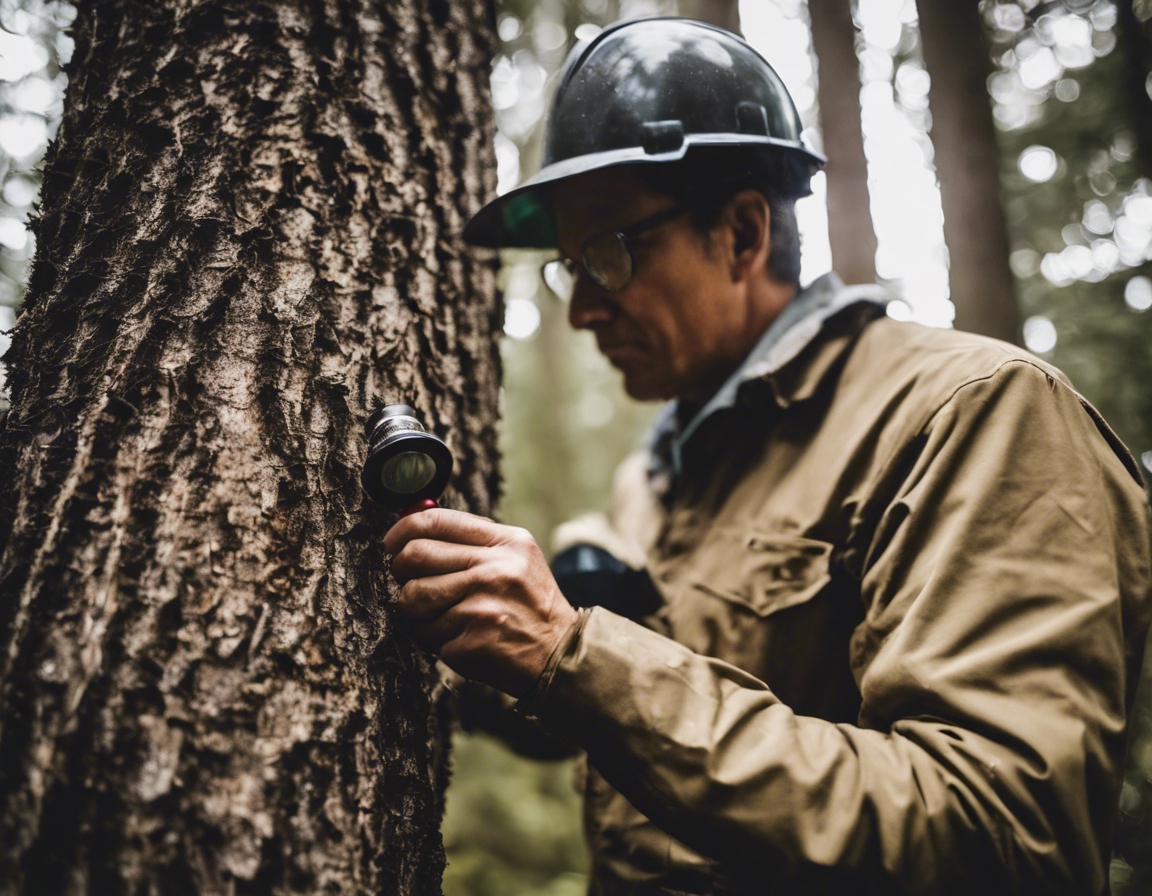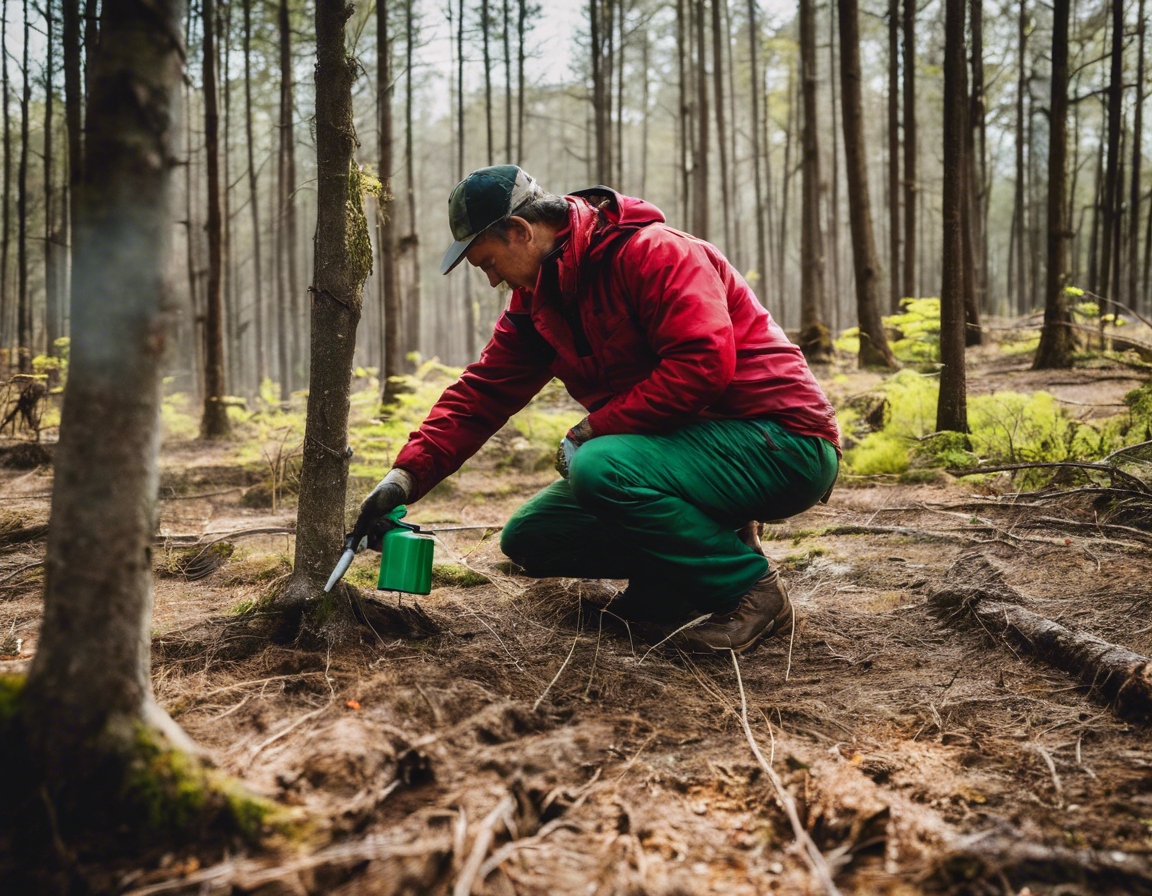The complete guide to thinning and cutting techniques
Forestry management is a critical aspect of maintaining healthy forests and ensuring sustainable timber production. Thinning and cutting are two fundamental techniques used to manage forest density, health, and productivity. These practices help in controlling the competition for resources among trees, reducing the risk of disease and pest infestation, and enhancing the overall growth and quality of the forest.
Sustainable forestry practices are essential for preserving biodiversity, protecting soil and water resources, and mitigating climate change impacts. By implementing responsible thinning and cutting techniques, landowners and forest managers can contribute to the long-term health and viability of forest ecosystems.
Thinning Techniques
Pre-commercial thinning involves the removal of trees that are not yet of marketable size to reduce competition and promote the growth of remaining trees. This technique is often used in densely populated young stands where trees are too close together, limiting their access to sunlight and nutrients.
Commercial thinning is the selective removal of trees for sale or other uses, with the goal of improving the growth and form of the remaining trees. This technique can also help to increase the forest's resistance to environmental stresses and improve habitat diversity.
Mechanical thinning uses machinery to remove trees and can be either pre-commercial or commercial. It is efficient and cost-effective but requires careful planning to minimize soil disturbance and damage to residual trees.
Chemical thinning involves the use of herbicides to control unwanted vegetation. While it can be effective, it must be used judiciously to avoid negative environmental impacts.
Cutting Techniques
Clearcutting is the complete removal of all trees from an area, which can be beneficial for species that require full sunlight to regenerate. However, it can also lead to soil erosion and loss of habitat if not managed properly.
Shelterwood cutting involves the removal of mature trees in stages to establish a new generation of seedlings under the protection of older trees. This method promotes natural regeneration and maintains a continuous forest cover.
Selective cutting is the removal of specific trees based on criteria such as size, species, and quality. This technique maintains a forest's structure and diversity, making it a preferred method for sustainable forestry.
Seed tree cutting leaves a small number of mature seed-producing trees standing to regenerate the forest. Once regeneration is established, the seed trees can be removed or left to grow.
Best Practices for Thinning and Cutting
Effective thinning and cutting begin with a thorough site assessment and a well-developed management plan. This includes understanding the forest composition, soil conditions, and wildlife habitats.
The timing of thinning and cutting operations can significantly affect their success and environmental impact. Seasonal considerations, such as avoiding wet periods to prevent soil compaction, are crucial.
Forestry practices should always consider the needs of wildlife and the broader ecosystem. This includes maintaining habitat features, such as snags and downed logs, and protecting water sources.
After harvesting, reforestation and post-harvest management are vital to ensure the forest's recovery and continued productivity. This may involve planting, natural regeneration, or a combination of both.
Advanced Techniques and Innovations
Modern forestry has embraced technology, such as GIS and remote sensing, to improve the precision and efficiency of management practices.
Integrated pest management (IPM) combines biological, cultural, physical, and chemical tools to manage forest pests in an environmentally and economically sound manner.
As climate change poses new challenges to forestry, adaptive management practices are being developed to enhance forest resilience and carbon sequestration.






Comments (0)